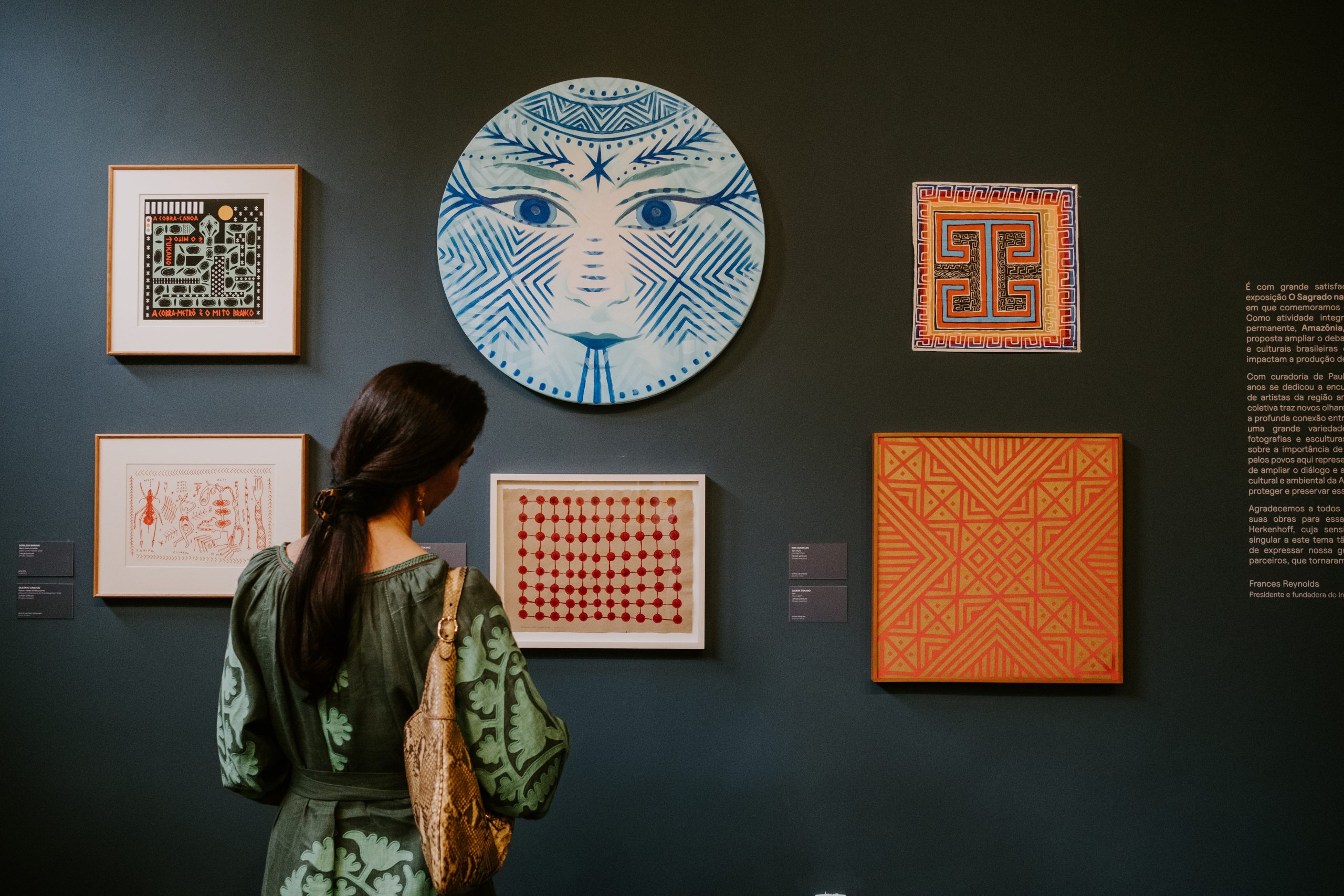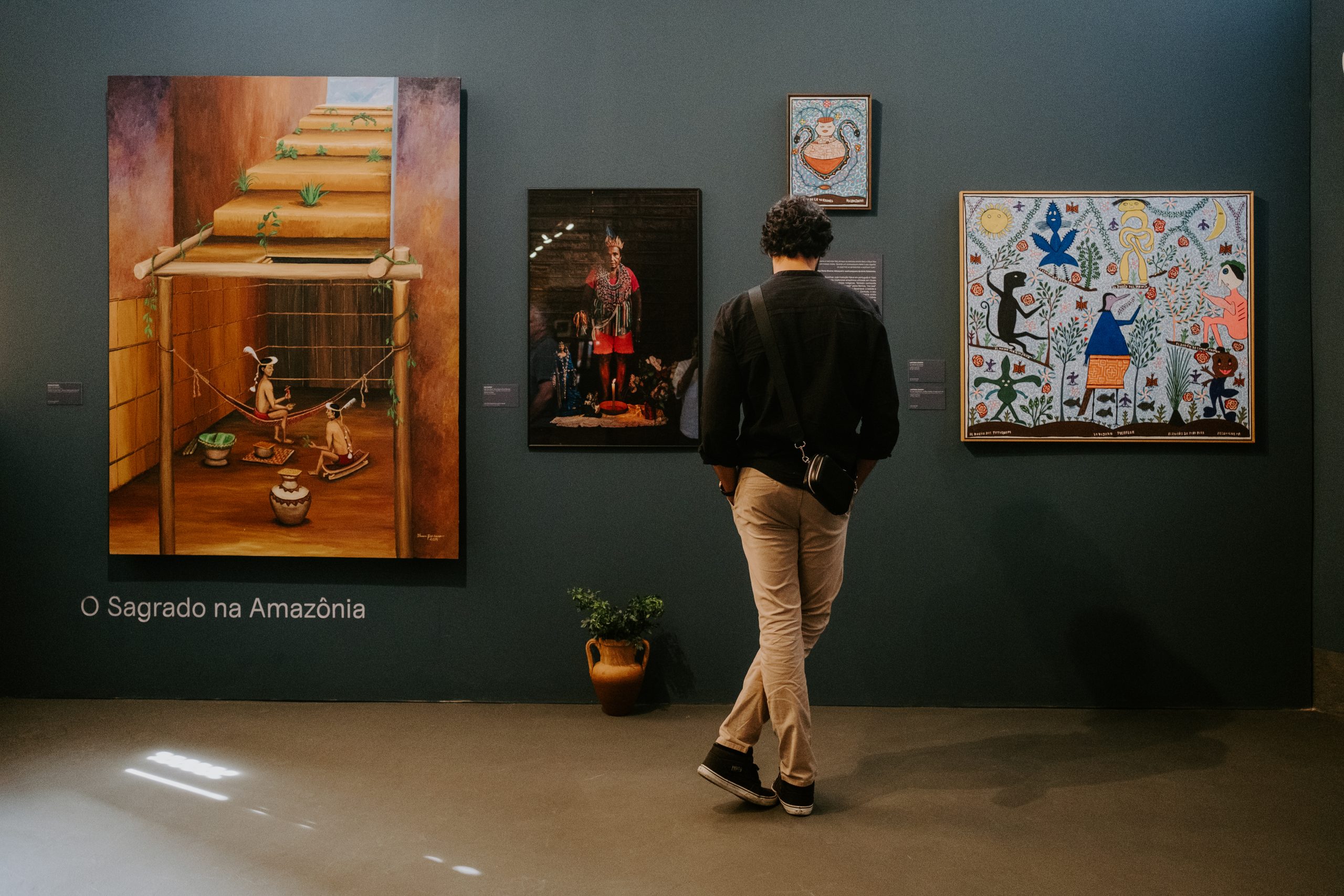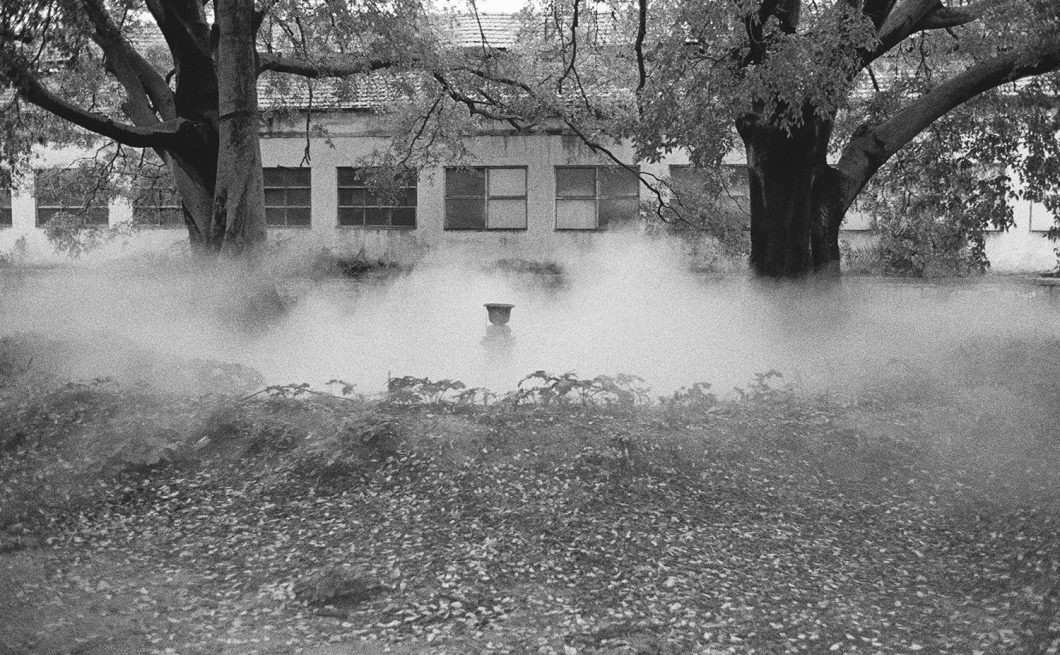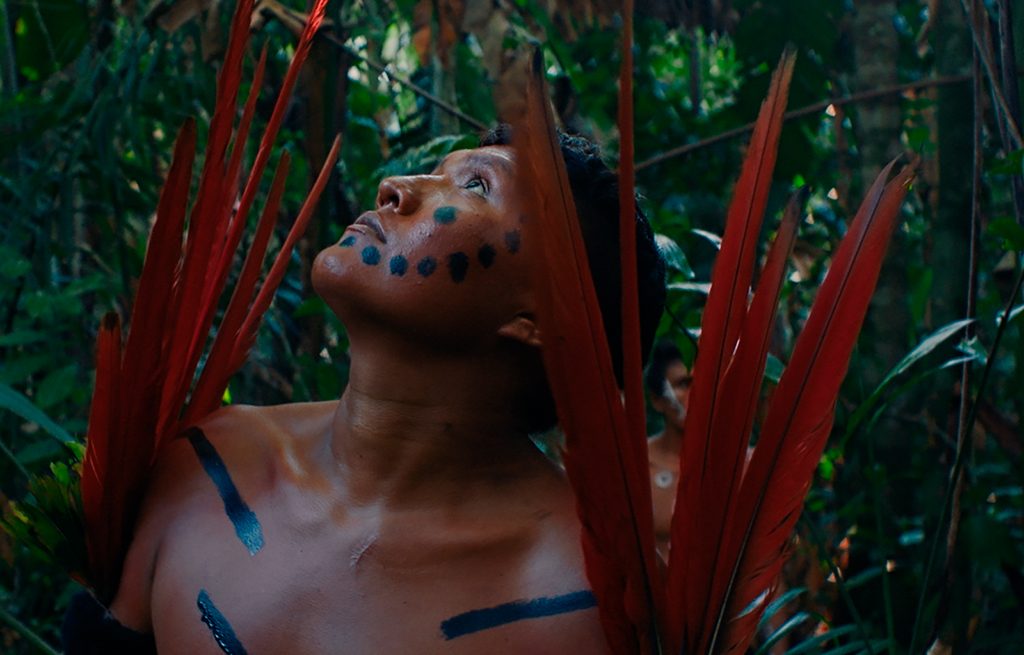

Programações
the sacred in the amazon
In the month in which World Environment Day is celebrated, the Incluzartiz Institute launches the Amazon, Now program, a multidisciplinary project that invites the public to get closer to the eyes that come from the largest tropical forest in the world and its multiple agents. Through the union of productions and research thought from the Amazon complex, the institute’s new permanent project, which is sponsored by Icatu, VLT Carioca and the CCR Institute, will be divided into three axes: exhibition — which will feature a series collective and individual exhibitions, narratives and research around artists and the Amazonian visual culture; experimental — a program of studies, conversations, workshops and projections of audiovisual works entitled Amazonian Laboratory —; and research — activation of partnerships and residencies with other organizations, institutions and artistic projects that establish exchanges between voices from different states.
In this context, the exhibition O Sagrado na Amazônia will open on June 24, a collective exhibition that presents the different manifestations of the divine in the Amazon region, from the perspectives of 30 artists and collectives. Curated by Paulo Herkenhoff — a researcher who for more than 40 years has been dedicated to promoting artistic production in the north of the country and to the critical debate about the historical concept of “Amazonian visuality” —, the exhibition will occupy the ground floor of the Inclusartiz Cultural Center until September 17th.
“As part of our new permanent program, Amazônia, Agora, this exhibition aims to broaden the debate around Brazil’s natural and cultural riches and how their complexities impact the production of artists and thinkers.”, declares Frances Reynolds, president and founder of Inclusartiz.
Divided into several nuclei, the collective, conceived in collaboration with Lucas Albuquerque — an independent researcher and curator of the artistic residency program at the institution in Rio de Janeiro — addresses indigenous myths and rituals, the relationship with the sacred based on Afro-Amazonian syncretism and the celebrations and cults of Christian origin, highlighting the deep connection between man and nature in the Amazon territory and establishing environmental preservation as the main mechanism to perpetuate the culture and knowledge defended by the represented peoples.
The Sacred in the Amazon has a large presence of artists from the Brazilian Amazon region, such as Denilson Baniwa and Rita Huni Kuin, and also from peoples of the International Amazon, such as the Peruvian Lastenia Canayo. There are 75 works produced from different supports, including paintings, photographs, videos, objects and sculptures; as well as historical documents.
One of the highlights is the work of painter Yaka Hunikuin, a native of the Kaxinawa Indigenous Land of the Jordão River, in Acre. On the canvas Yube Shanu, the artist talks about the healing ceremony by the nixi pae, in which the medicine of Ayahuasca is enshrined. According to Paulo Herkenhoff, the scene represents the spirit of the pajé, who presides over the wheel, who takes care of the person who is going through a healing process, lying in the hammock inside the maloca.
The photographies of Guy Veloso, from Pará, who recorded a wide range of Catholic festivals in the Amazon, such as the Marujada de São Benedito (Bragança, Pará) and the Festa de São Tiago (Mazagão Velho, Amapá), also make up the selection of works. “The set of his images captures and demonstrates an Amazon of religions that are voracious for bodies”, says the curator.
Among the Pentecostal sects, he documented baptisms of the faithful of the Church Deus é Amor. Among the Afro-Amazonian religions, he has already turned to Umbanda, Candomblé and Tambor de Mina, in Maranhão. “In this time of dangerous intolerance, I bring various religions, from Afro-Brazilian, through Catholicism to Neo-Pentecostals, in an inter-religious ‘trance’ to launch a libel for peace”, completes Guy Veloso.
Paula Giordano, from Pará, is also part of the exhibition with four authorial photographs in black and white that, for the curator, reveal the absolute commitment of the faithful of Círio to the tributes to the Virgin of Nazaré, capturing the intensity of pain and sweat in the friction between their bodies in the procession. Giordano also presents a color image, which portrays Pajé Júlio, a quilombola from the Island of Marajó who, acting under a trance, does free physical and spiritual healing work, arrows and brokenness.
“For this moment, I bring photographs of my long-term research, which began in 2012, in which I investigate the relationship between man and the divine. It’s not about a religion, but about spirituality, faith and resistance”, concludes Giordano.
Participating in the exhibition O Sagrado na Amazônia: Andrea Fiamenghi, Arieh Wagner Lins, Arthur Omar, Berna Reale, Chico da Silva, Claudia Andujar, MAHKU art collective, Daiara Tukano, Denilson Baniwa, Dhiani Pa’Saro, Edivânia Câmara, Elza Lima, Emanuel Nassar, Fernando Lindote, Gui Christ, Gustavo Caboco, Guy Veloso, Jair Gabriel, Lastenia Canayo, Luiz Braga, Paula Giordano, Pierre Verger, Rita Huni Kuin, Sheronawe Hakihiiwe, Teresa Bandeira, Thiago Martins de Melo, Walda Marques, Walmor Correa , Xica and Yaka Hunikuin.



